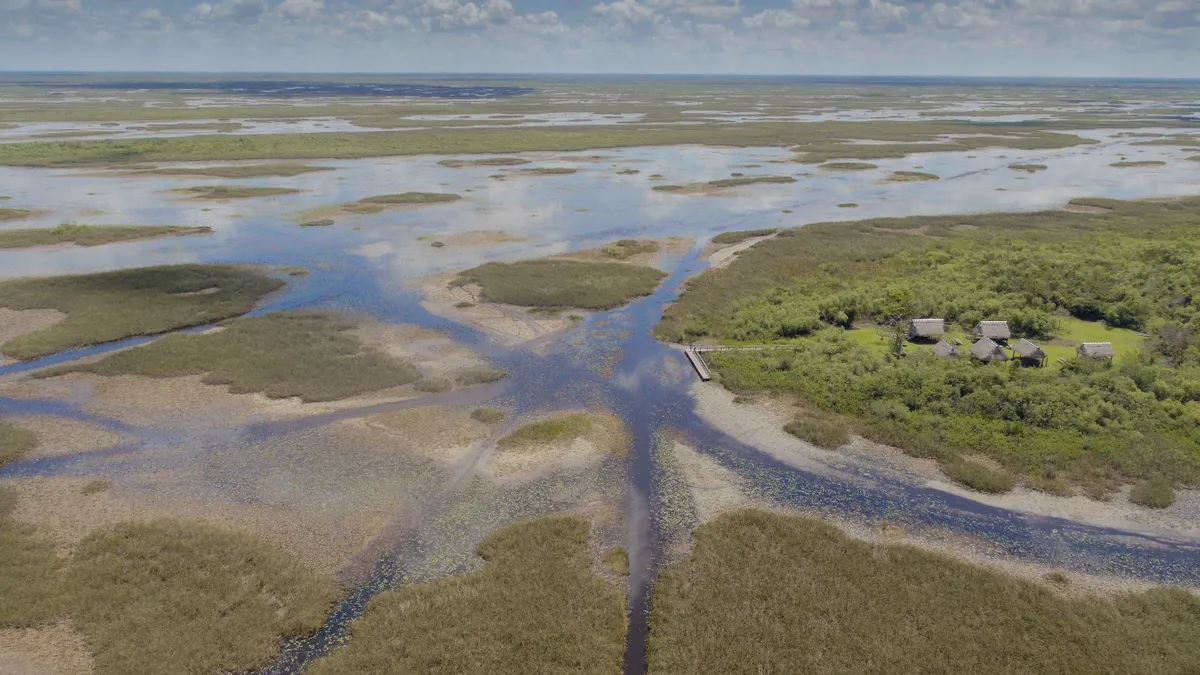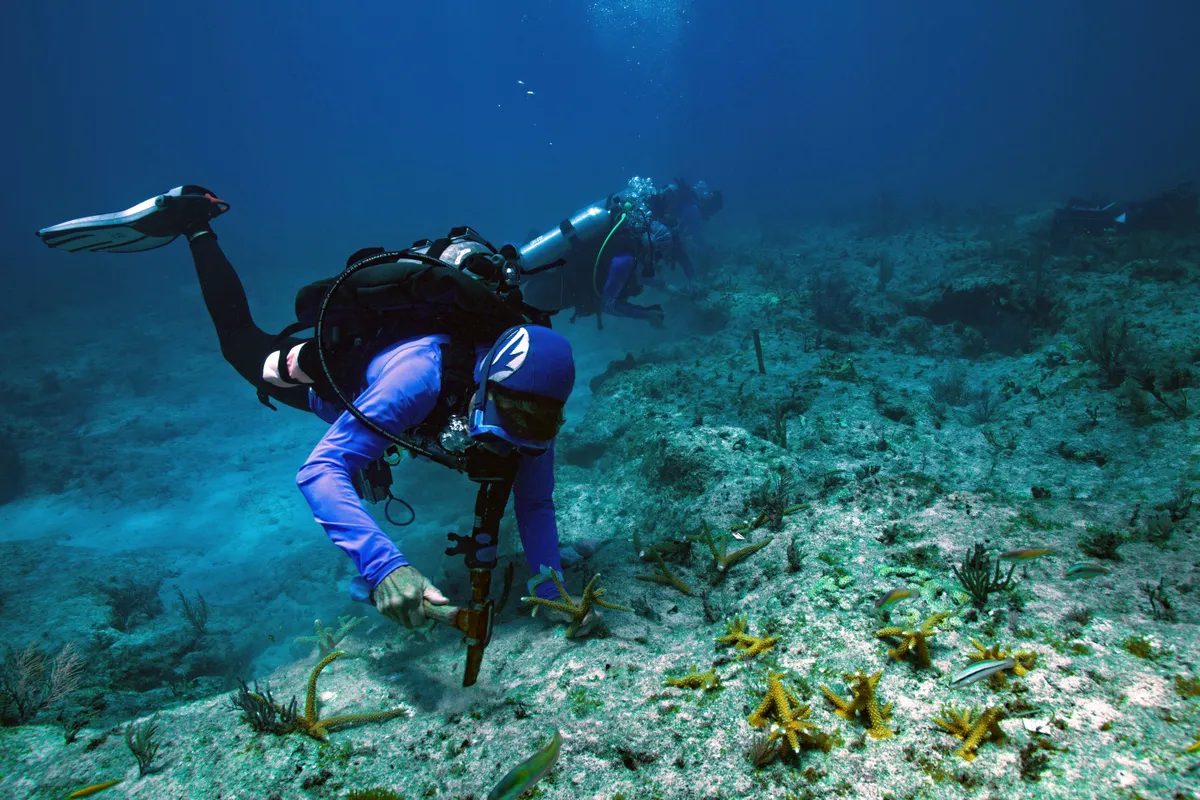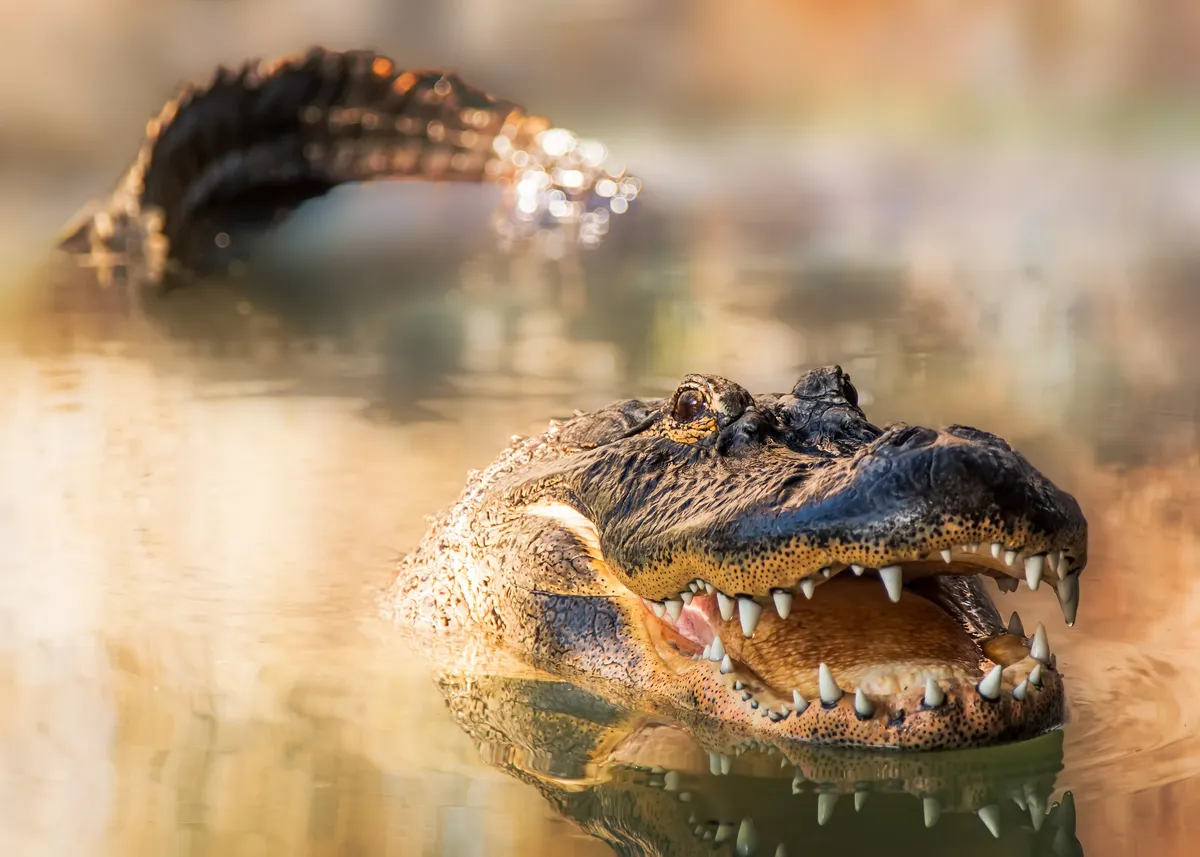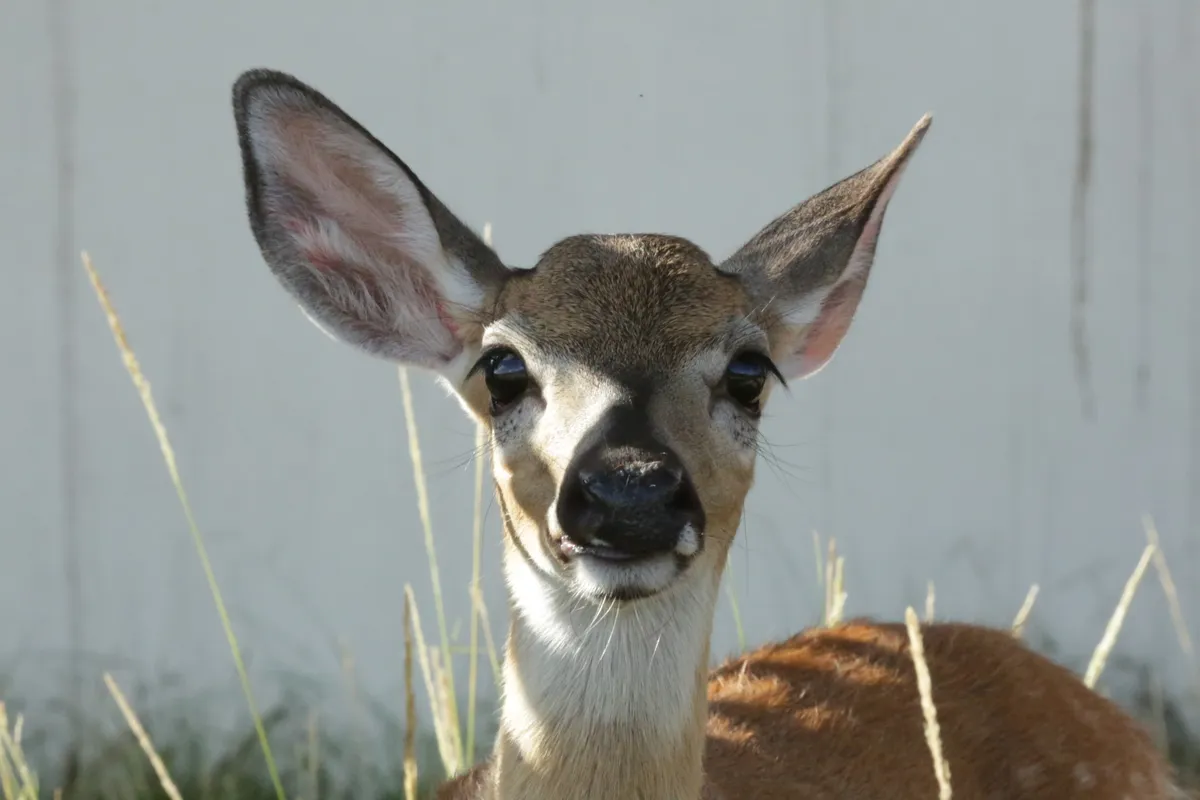When is Florida: America's Animal Paradise being aired onTV?
The next instalment of BBC Two’s Natural World series is due to be on your screen at 9pm on Sunday 7 April.
What is Florida: America's Animal Paradise about?
Florida is famous for its beaches, blue water and year-round sun, but it also has a surprising wild side. It’s home to pine forests, coral reefs and the famous Everglades wetland, the largest sub-tropical wilderness in the US.

Florida: America’s Animal Paradise explores the unique wildlife as the landscape is affected by hurricanes and forest fires.
This instalment of Natural World reveals how a growing human population and changing environment can sometimes conflict with the needs of native wildlife. It takes us on a tour of the seasonal changes experienced by the vast array of plants and animals that rely on Florida’s unique habitats.

Who is narrating, or appearing on, Florida: America's Animal Paradise?
The show is being narrated by seasoned documentary narrator and actor Paul McGann.
Also appearing on the show are conservationists local to Florida; David Printiss, Donna Kalil and Jessica Levy. Together they will be detailing their work in preserving Florida’s wildlife.

Which species will feature in Florida: America's Animal Paradise?
The episode features many amazing species from across the diverse habitats of Florida. Some of those that appear in this episode are:
1
Florida manatee Trichechus manatus latirostris

One of Florida’s most magical animals, the Florida manatee can be found living along the coast during the summer months before they migrate to the warmer freshwater springs for winter.
2
Burmese python Python bivittatus

This invasive species has thrived in the warm climate and there are estimated to be 100,000 of them living in the Everglades. The show explores efforts to remove this destructive species from Florida.
3
Roseate spoonbill Platalea ajaja

This brightly coloured bird is often seen feeding in groups along shallow waters. Its spoon shaped bill is perfect for sifting through the mud for crustaceans to feed on.
4
American alligator Alligator mississippiensis

The Everglades are perfect breeding grounds for the American alligator who congregate on the wetlands to mate and rear their young. The show explores their historic persecution and current threats to their environment.
5
Key deer Odocoileus virginianus clavium

This tiny unique sub-species of white tailed deer is only found in the Florida Keys, recent habitat destruction has seen them coming into greater contact with humans.